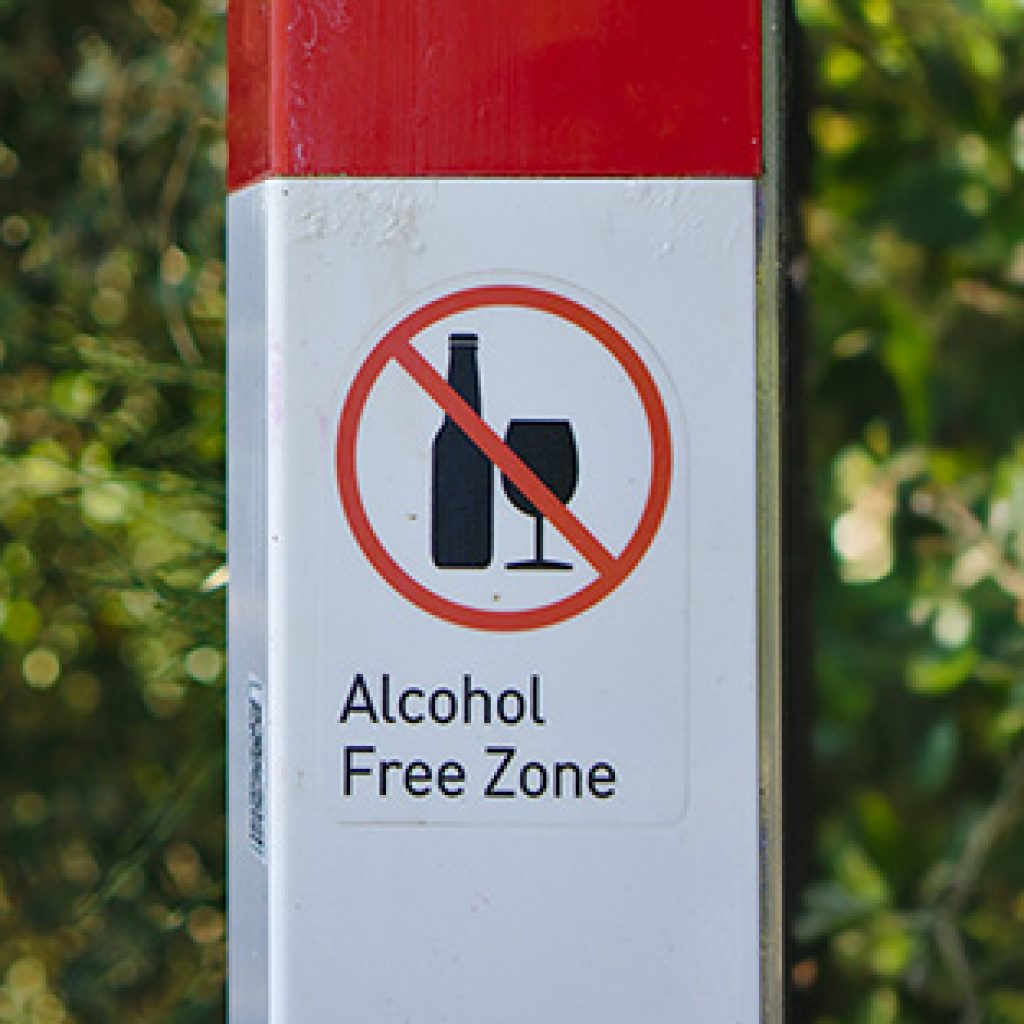Effective Detoxification: Helping Those on the Path to Recovery
Effective Detoxification: Helping Those on the Path to Recovery
Detoxification is an important element of treatment for substance use disorder (SUD). While detoxification frequently occurs in a treatment setting, professionals and others who might encounter patients in another setting, such as emergency and other departments in hospitals or acute care sites, need to understand the process to help patients successfully complete detoxification and get into treatment as soon as possible (CSAT, 2006).
One document that continues to guide healthcare and behavioral health providers through managing the detoxification process is Treatment Improvement Protocol (TIP) 45: Detoxification and Substance Abuse Treatment (CSAT, 2006). The manual is part of the TIP series that was developed by the Center for Substance Abuse Treatment (CSAT) to create topic-specific substance use and mental health disorder prevention and treatment guidelines. Each TIP manual is a “consensus-based” document with content that is obtained from a panel of experts, effectively putting to paper their vast research, clinical, and administrative knowledge and experience. The research included in the manual is cited, with over 100 pages of references from a solid research base. Other information that is not cited is based on the knowledge and experience of the consensus panel for each TIP manual, and the complete panel is listed by name and affiliation. In the case of TIP 45, the principles that served as a basis for its development are also listed:
- “Detoxification, in and of itself, does not constitute complete substance abuse treatment.
- The detoxification process consists of three essential components, which should be available to all people seeking treatment: Evaluation, Stabilization, and Fostering patient readiness for and entry into substance abuse treatment.
- Detoxification can take place in a wide variety of settings and at a number of levels of intensity within these settings. Placement should be appropriate to the patient’s needs.
- All persons requiring treatment for substance use disorders should receive treatment of the same quality and appropriate thoroughness and should be put into contact with substance abuse treatment providers after detoxification.
- Ultimately, insurance coverage for the full range of detoxification services is cost-effective.
- Patients seeking detoxification services have diverse cultural and ethnic backgrounds as well as unique health needs and life situations. Programs offering detoxification should be equipped to tailor treatment to their client populations.
- A successful detoxification process can be measured, in part, by whether an individual who is substance dependent enters and remains in some form of substance abuse treatment/rehabilitation after detoxification” (CSAT, 2006).
- TIP 45 also cites the five “Adult Detoxification” placement levels of the American Society of Addiction Medicine (ASAM) in the Patient Placement Criteria, Second Edition, Revised, noting that the ASAM criteria are a work in progress and ever-evolving. Placement is also dependent upon other factors, such as the drug a patient is using, the setting of the detoxification process, medical or non-medical settings, use of medication management and/or assistance, and the length of care being provided, to name a few factors.
The Six Chapters of TIP 45
The six chapters in the manual (with highlights added for each) are:
Chapter 1: Overview, Essential Concepts, and Definitions in Detoxification – Among the topics covered are the scope of detoxification and a component in the continuum of healthcare services offered for substance use disorders; a brief history of detoxification services; definitions of terms used in the manual; and challenges that may be encountered in providing effective detoxification services.
Chapter 2: Settings, Levels of Care, and Patient Placement – Topics contained include detoxification setting and their role in service delivery; impact of level of care provided; staffing requirements by facility type; and other issues for consideration.
Chapter 3: An Overview of Psychosocial and Biomedical Issues During Detoxification – Topics include the impact of psychosocial and biomedical issues on the detoxification process and their role in the potential need for additional services; a list of signs or symptoms that require immediate medical attention; nutrition during detoxification; the impact of age on detoxification; and numerous links and referral sources.
Chapter 4: Physical Detoxification Services for Withdrawal From Specific Substances – topics for this chapter include extensive specific treatment methods for alcohol, opioids, benzodiazepines, marijuana, and a host of other substances; use of urine and other drug screens and interpretation of results; withdrawal signs and symptoms specific to each drug or substance; management of withdrawal with and without use of medication; management of seizures and other withdrawal symptoms and signs; and management of detoxification by age, race and ethnicity, or gender.
Chapter 5: Co-Occurring Medical and Psychiatric Conditions – topics include care of patients with co-occurring medical conditions; and treatment and standards of care for people with co-occurring psychiatric conditions, including medications that might be used.
Chapter 6: Financing and Organizational Issues – Topics included are the preparation and development of a detoxification program; operating within the managed care system; and evolving and potential issues of the future. Extensive links and resources are provided for administration, including resources on service costs.
TIP 45 also contains Appendices for such resources as signs and symptoms of drug intoxication and withdrawal, screening and assessment instruments, and is fully indexed for conveniently identifying the location of topics covered.
While TIP 45 is undoubtedly and invaluable reference document, many people new to detoxification would benefit greatly from training for the basics of the process, and many treatment employers require it. CASAT Learning offers a recently redesigned course that has the added benefit of being self-paced and online: Principles of Detoxification: Withdrawal Management presented by Erin Kinard, MS, NCC, LCADC. The course description is as follows:
“There are 4 modules in this series. This course is designed to inform participants about the basic principles of caring for persons who suffer from withdrawal from alcohol and other drugs.
- Module 1 will explore the guiding principles of withdrawal management as well as 42 C.F.R. & HIPAA.
- Module 2 will explore the goals of withdrawal management and the six dimensions of the levels of care.
- Module 3 will explore drug classifications and withdrawal symptoms for each substance, special populations, vital signs and certified detoxification technicians requirements.
- Module 4 requires you to be trained by a registered nurse on how to take a patient’s vital signs using the blood pressure cuff to determine the client’s blood pressure, how to take a patient’s temperature, and how to take a patient’s pulse and respiratory rate.
When the hands-on the training is complete, please complete the Vital Authorization form (attached to this training) and return it to CASAT by fax (775-204-9356), mail (1664 N. Virginia Street, Mail Stop279, Reno, NV 89557, Attn: CASAT Training), or email (learning@casat.org). The form must include your name and the date of the training, the nurse’s credentials and signature, and the signature of a supervisor. When this statement is received in the CASAT office, and all of the other modules 1-3 have been completed, you will receive a certificate of completion for Principles of Detoxification modules 1-4.
Visit the SAPTA website for details on how to apply to become a certified detox technician in Nevada.
Recently Published Research Articles About Detoxification (titles, brief descriptions of study results, and links to abstracts or full text are provided):
- Frequency of drug detoxification treatment completers and non-completers – High rate of failure to complete treatment.
- Substance Use Relapse Among Veterans at Termination of Treatment for Substance Use Disorders – Rates of relapse among military veterans.
- The role of age and opioid agonist treatment on substance use treatment completion in the United States – Opioid treatment (OTP) for older adults shows higher rates of treatment completion than for younger patients.
- Factors Associated with Substance Use Disorder Treatment Completion, Rhode Island, USA, 2018 – Participation in self-help groups linked to higher rates of treatment completion.
- Factors Associated With Leaving Against Medical Advice From Inpatient Substance Use Detoxification Treatment – Personal obligations cited as reason for patients leaving detoxification programs early against medical advice.
- Demographic and Clinical Correlates of Treatment Completion among Older Adults with Heroin and Prescription Opioid Use Disorders – Correlates of completion of detoxification programs among those using heroin or prescription opioids.
Your Turn: If you currently work in a program that includes detoxification from alcohol or other substances, please share your thoughts about the detoxification process in the comments below.
References
American Psychiatric Association. Diagnostic and Statistical Manual of Mental Disorders (DSM-5), Fifth edition. 2013.
Additional resources may be found on the CASAT OnDemand Resources & Downloads page.
This article was developed by Stephanie Asteriadis Pyle, PhD at CASAT. Feel free to use, link to, or distribute this information. A link to our site and attribution would be much appreciated. Suggested citation:
Asteriadis Pyle, S. J. (2021, December 15). Effective detoxification: Helping those on the path to recovery. CASAT OnDemand. Retrieved December 15, 2021, from https://casatondemand.org/2021/12/15/8852/
Blog Post Tags:
Related Blog Posts
Related Learning Labs
Related Resources
.
- Buscar Tratamiento de Calidad para Trastornos de uso de Sustancia (Finding Quality Treatment for Substance Use Disorders Spanish Version)
- Finding Quality Treatment for Substance Use Disorders
- Focus On Prevention: Strategies and Programs to Prevent Substance Use
- Monthly Variation in Substance Use Initiation Among Full-Time College Students
- The National Survey on Drug Use and Health (NSDUH) Report: Monthly Variation in Substance Use Initiation Among Adolescents








